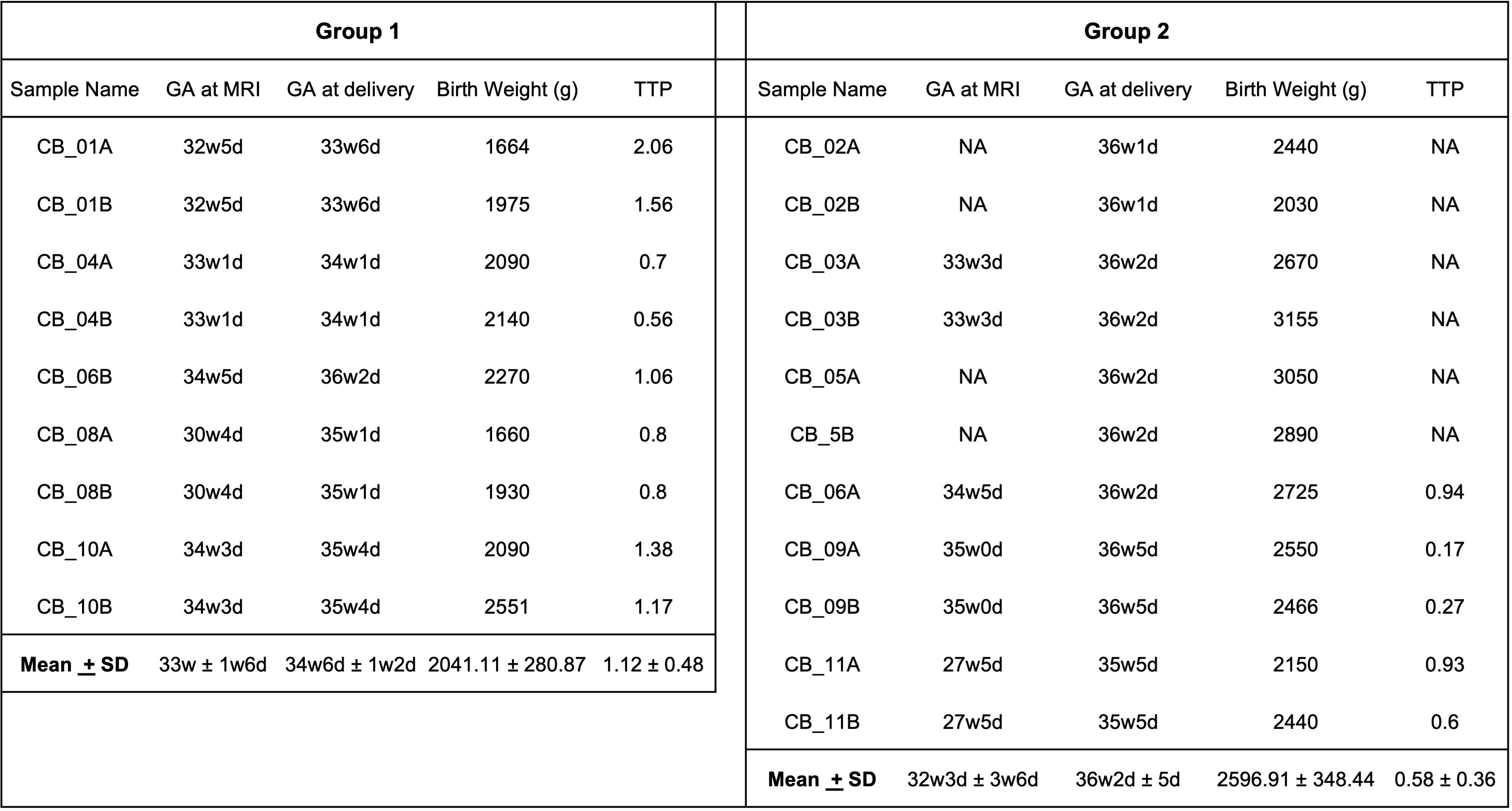Neonatology
Session: Neonatal General 3: Maternal and Fetal Medicine
87 - Time-to-Plateau Maps of Placenta using BOLD MRI as a Reliable Predictor of Transcriptome Changes in Monozygotic Twin Study
Friday, May 3, 2024
5:15 PM - 7:15 PM ET
Poster Number: 87
Publication Number: 87.552
Publication Number: 87.552
- SA
Sara Ali, MD (she/her/hers)
Fellow
Holtz Children's Hospital Jackson Memorial Hospital
Miami, Florida, United States
Presenting Author(s)
Background: Placental sufficiency is determined by its ability to mediate oxygen transfer to the fetus. Blood-oxygenation-level-dependent (BOLD) MRI during maternal hyperoxia has the potential to quantify regional placental function in vivo. Time-to-plateau (TTP) maps of the placenta are a measurement feature of BOLD MRI during hyperoxia that quantifies the timing of oxygen delivery. Luo, Abaci Turk et al 1 determined that in seven pairs of monozygotic twins, mean placental TTP negatively correlated with fetal liver and brain volumes at the time of MRI as well as with birth
weights. In our study, we performed cord blood RNA sequencing of monozygotic twins to analyze the pathways that would cause differences in the values of TTP at the transcriptional level.
Objective: To identify the molecular pathways responsible for varying values of TTP which directly correlates with placental oxygenation at a transcriptome level in monozygotic twins.
Design/Methods: We screened and recruited 10 pairs of monozygotic twins (20 subjects) between 27 and 35 weeks of gestation from the obstetrical clinics at Brigham and Women’s Hospital. Subjects with pre-eclampsia, diabetes, chronic hypertension, and fetal malformations were excluded. The study was reviewed and approved by the IRB. RNA-seq analysis was then performed on twin cord blood and relevant molecular pathways were identified.
Results: Our results showed a mean birth weight (BW) of 2193 g + 326.6 g, mean TTP of 0.93 + 0.5 and mean GA of 32w4 d + 2w3d at the time of MRI. Simple linear regression showed a significant relationship between GA at the time of MRI and TTP (p=0.033). Weighted correlation network analysis (WGCNA) of the transcriptome was used to find their difference-related networks (modules) and related hub genes. The largest co-expression module had 12 genes coding for cytokine-cytokine receptor interaction. Samples were then rearranged into two groups according to their transcriptome profile and a negative correlation between TTP values and birth weight was found between the two groups.
Conclusion(s): In summary, longer TTP was found again to be associated with lower birth weight. TTP can be a useful marker to predict transcriptome changes in monozygotic twin studies. Additional transcriptome studies with larger sample sizes are needed to understand the cytokine pathways that can contribute to the changes in TTP values.
.jpg)

